A chemical peel is a non surgical technique designed to best revitalise damaged facial skin in people that have signs of sun damage, fine lines, wrinkles, uneven skin tones, acne and scarring. The aim is to resurface the skin resulting in a softer, smoother, more natural youthful look. Chemical peels are most commonly performed for cosmetic reasons, to enhance appearance and self-confidence, and make you look and feel better.
We now understand much more regarding the biochemistry of these enzyme reactivator chemical peels. They help rebalance the pH of the skin and help provide a more acidic environment which has been shown to optimise skin health The so-called ‘acid-mantle’ of the skin can therefore be maintained. Furthermore, enzyme reactivators ensure normal functioning of physiological enzymatic processes and help stratum corneum cell-cell turnover.
Enzyme Reactivator Chemical Peels
Enzyme Reactivator prescriptive chemical peels embrace the latest medical research and utilise Ascorbic acid, Lactic acid (AHA), Salicylic acid (BHA) and Pyruvic acid (PA) to facilitate a penetration of self-neutralising, anti-inflammatory chemical exfoliants. Procedure Peels are designed to maximise skin rejuvenation with minimal downtime. These chemicals combine to calmly resurface the dead layer of skin cells and speed cell turnover to return skin to its more youthful function. Patients usually experience minimal side effects. Erythema may be present and may cause itching but its minimal and of short duration. Dryness and shedding may be experienced on days 3, 4, and 5 post peel. Procedure peels can be uniquely customised and tailored to individual patient needs. A course of 3-6 peels is recommended for optimum results.
Ascorbic Acid (Vitamin C)
Ascorbic Acid is a mild peeling agent ideally suited to use on highly pigmented skin. (Fitzpatrick skin types 1V-V1). Performed regularly the Ascorbic acid peel can help resolve uneven pigmentation and provide exfoliation benefits for more reactive skin types. It can be used alone or in conjunction with other procedure peels if skin type Fitzpatrick 1V or below. It is recommended that Ascorbic Acid crystals are dissolved in Procedure Delivery Serum but may also be dissolved in water and used directly on the skin in its crystalline form.
Lactic Acid
The L-lactic Acid peel is a hydrophilic acid of the Alpha-Hydroxy acid group. It is a light superficial peel which promotes cleavage of corneocytes from the stratum corneum and stimulates epidermal differentiation. This hydrating peel lowers the stratum corneum pH which promotes activation of enzymes that degrade corneosomes, facilitating shedding of superfluous surface cells. T his results in a reduction of fine lines and uneven pigmentation, giving an overall improvement in skin tone and texture to vitalise the skin. Performed on a monthly basis, there will be increased skin hydration, reduced visibility of pores and lightening of epidermal hyperpigmentation. This peel can be used alone or to augment the strength and effects of other Procedure Peels.
BHA (Salicylic Acid)
BHA is attracted to the lipid content of skin, particularly sebum, found predominantly in follicles. This peel helps to regulate the turnover of epithelial cells and shed unwanted cellular debris. This helps to unclog pores, reducing blackheads and spots. BHA peels help in the treatment of acne and excess surface oil. These peels are performed on a monthly basis in clinic and can be used alone or in conjunction with other Enzyme Reactivator Peels. They are often used in combination with the Catalyst product range from Rationale Skin Care.
PA (Pyruvic Acid)
Trichloroacetic Acid (TCA) has traditionally been used as a medium to deep chemical peeling agent. However, more recently alternatives have been proposed and the benefits of Pyruvic Acid (PA) in stratum corneum and epidermal peeling have been elucidated. PA effects a gentle sloughing of the stratum corneum without traumatising sensitive sun-damaged skin. It is also an effective angiogenic agent, re-establishing the fine capillary network atrophied by ultra violet radiation resulting in sallowness. Clinically, this benefit can be seen as a restoration of healthy skin tone and texture. There will be a reduction of fine lines and superficial pigmentation but further benefits also include softening of acne scarring and fortification of the skin barrier function with a reduction in sensitivity to topical irritants.
Mr Banwell and his team will offer a prescriptive peel, tailored-made to your needs and skin type.
Please contact Mr Banwell’s office on 01342 330302 or email help@paulebanwell.com for further information.














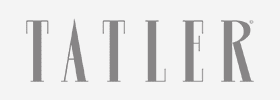











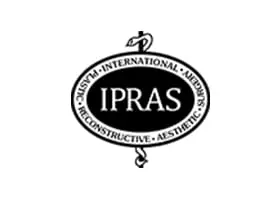

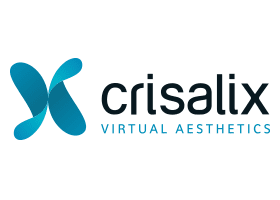





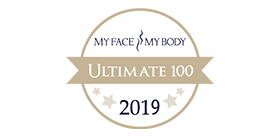


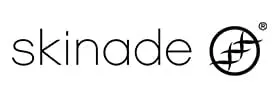
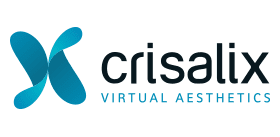





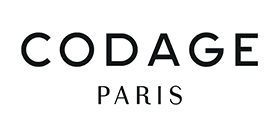


25th June 2025
Bringing Confidence Forward: A Personal Look at Hairline Lowering Surgery
Read More
24th June 2025
Lip Lift Surgery: A Subtle Change That Speaks Volumes
Read More
3rd June 2025
Post-Surgery Compression Garments in Plastic Surgery
Read More